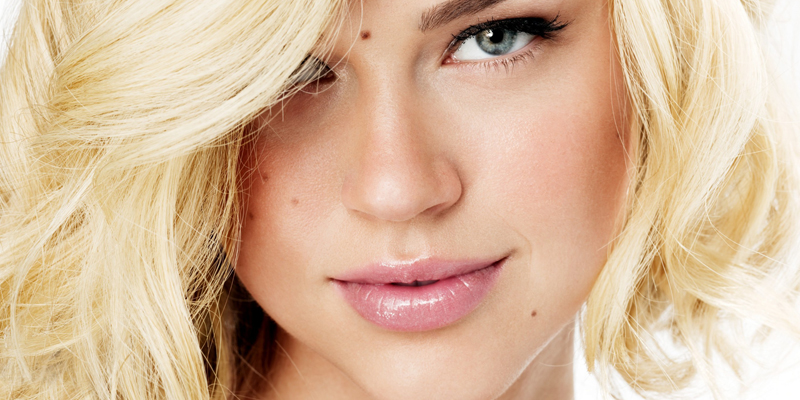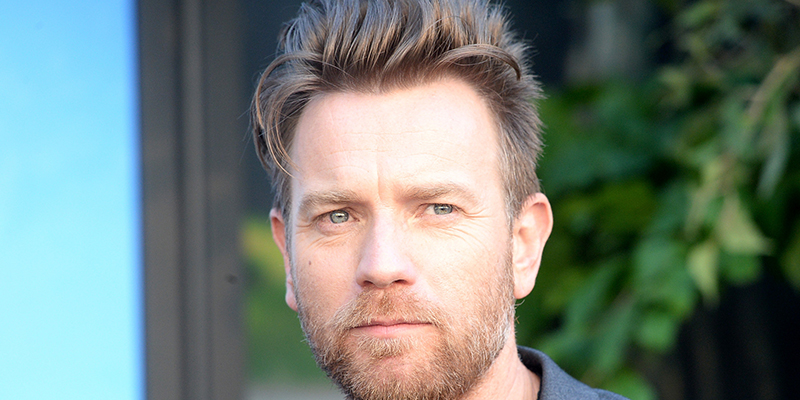Sometimes known as mole, nevus are the pieces of flesh that have no significance in terms of medical problems. Although it is a small percentage, some might have it from birth. Ones with hair and bigger sizes can be problematic in the later years. It is estimated that by the teenage years, a person can have up to 60 nevus. Most are harmless and have no effect on overall health. Yearly follow-ups or educating patients on the follow-ups will be helpful. They don’t need to be removed. But what should we be careful about follow-ups and what type of nevus is not good. There is a rule of ABCD to this:
- Asymmetry: First important part is whether the nevus is symmetrical or not in its shape. The closer to a square or ellypse it is, the more it’s chances of being harmless increases.
- Border: If you find it hard to identify the exact border a nevus has with the normal skin, there might be a problem.
- Color: If a nevus has a lot of color shades to it, risk of problem increases.
- Diameter: Bigger the size of the nevus, bigger the chances of a problematic one.
In addition to this, the existence of hair on a nevus, scaly look, visibility of capillary, bleeding, itching should be taken seriously.
There are no hardships in the follow-ups for a harmless nevus, but one with signs of problems should be removed and taken into pathological evaluation as soon as possible.
Biopsy can be considered on nevuses that are bigger on diameter.
Urban belief that touching nevus is not good is partly true though. It’s mostly about how you touch it. Partial burning, applying laser, shaving can trigger a nevus to turn cancerous. But this risk is not present with a fully removed nevus. I always tell my patients : Better in the pathology case, than your thoughts.




